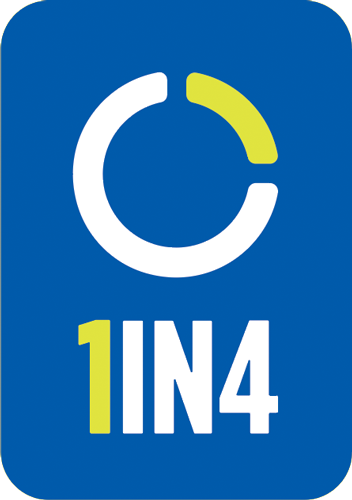10 WAYS TO START SUPPORTING
1. Check your diversity statement to make sure it includes Disability. Add the “A” to DEI: Diversity, Equity, Inclusion, Accessibility – DEIA.
2. Normalize the word “disabled” and the subject of “disability” by including it in your conversations. Follow our Disability Language Guidelines, and avoid using ableist words/language in scripts
3. Make sure your disability representation includes intersectional identities (i.e. disabled people of color, LGBTQIA+, indigenous communities).
4. In your meetings about diversity, ask yourself what group is missing from your table? If you’re not including people with disabilities, you’re missing out on them as consumers.
5. In advance of every meeting, ask attendees if any access points are needed.
6. Move away from disability-specific panels. Instead, make sure you have disability representation on each of your panels: crewvie.com.
7. Add captions or ASL interpretation and image descriptions/alt text to your social media, including videos.
8. Check out this TED Talk video where disability rights activist, Stella Young, explains “Inspiration Porn” here.
9. Watch Crip Camp: A Disability Revolution and Code of the Freaks.
10. Read these books: Disability Visibility: First-Person Stories from the 21st Century edited by Alice Wong; The Pretty One by Keah Brown; No Pity by Joseph Shapiro; and Haben: The Deafblind Woman Who Conquered Harvard Law by Haben Girma, to name just a few.
Sign up for 1IN4 events and updates
Keep in touch with us!
Register today and receive interesting information from us.
